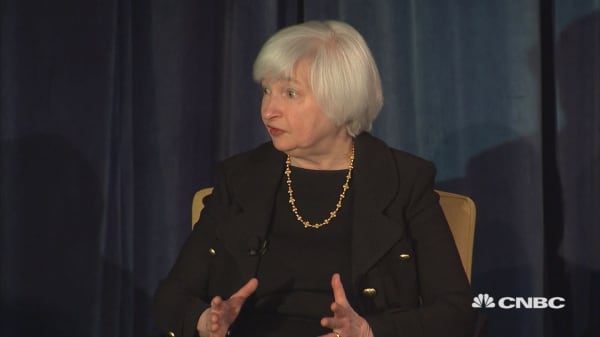However, we should not be complacent about inflation risk, simply because there wasn't much of it in recent years. In fact even later this year and in 2017 it could be a different story. If, as The Conference Board projects, the U.S. economy is still growing at around 2 percent in 2017, accelerating labor costs will start being passed on to the consumer. Meanwhile, the inflation-limiting effects of a strengthened dollar and lower oil prices will have mostly evaporated.
Many doubt that we should be worried about inflation with GDP growing at just 2 percent. But we argue that, when planning for 2017, it is completely justified to be more concerned. As we have been warning since 2014, the U.S. faces a perfect economic storm: Baby-boomer retirement is a generational tidal wave that combines with very weak gains in labor productivity to set up a situation of historically low growth on the supply side of the economy.
This was not evident when the job market was still inching tortuously toward recovery. But as the unemployment rate approaches its natural level, the supply-side constraints are becoming binding. Going forward, today's fast pace of employment growth will be difficult to sustain without creating serious wage pressures and, eventually, higher inflation.
The markets may be recognizing this as well. Five-year market-based inflation expectations have jumped from 0.93 percent on Feb. 9 to 1.43 percent on April 5. It is quite likely that inflation, even core PCE, will rise to levels that the Fed is uncomfortable with while economic growth remains mediocre. Indeed, don't be surprised to see the Fed act on inflation fears and sooner than the dovish view in its last statement would suggest.







